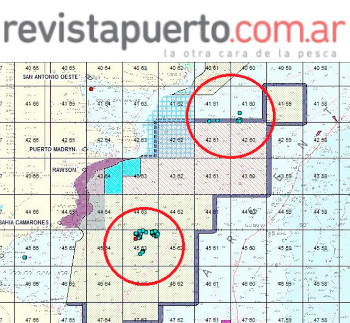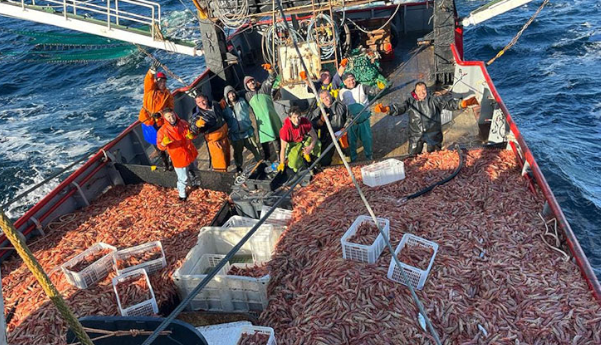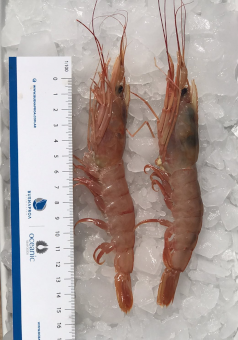|

Image: Revista Puerto / FIS
Shrimp have been found in the South and North of Argentinian EEZ
 ARGENTINA
ARGENTINA
Thursday, June 08, 2023, 01:00 (GMT + 9)
The boats are concentrated in Subareas 13 and 2 where they obtain very good yields. In the south, the catches have been maintained since the beginning of the survey, in the north they have begun to decrease slightly. The largest proportion is commercial size L2.

Photo: Revista Puerto
As the INIDEP Shrimp Program team has been indicating, the resource is throughout the Argentine Sea. What has happened at the start of the 2023 shrimp season in national waters, within the Hake Ban, is a clear example. The boats are concentrated in the extreme South and the extreme North outside the Veda, with good yields and good commercial sizes.
They have been fishing in Subarea 13 since May 29, when the survey began. Since the beginning of the season the fleet has been concentrated there with good yields and commercial sizes L2. The precise data will surely be known in the next few days, because it is the only subarea in which INIDEP has observers.
.png)
Source: Wiki / FIS
The migration of several boats towards the north was given by the discovery of a tag outside the closed area, in Subarea 2. The high yields that it generated aroused interest and several boats moved towards the north where they remain, according to the image of the Monpesat, on the edge of the Veda. Here the catches are also made up mostly of size L2.
 From a biological point of view, everything seems to indicate a good start to the season. The problem will be, as it has been happening in recent years, in the commercial aspect. Nature is helping because this size allows you to expand the market a bit, but it is a short blanket. From a biological point of view, everything seems to indicate a good start to the season. The problem will be, as it has been happening in recent years, in the commercial aspect. Nature is helping because this size allows you to expand the market a bit, but it is a short blanket.
Photo: Daniel Coluccio. Observatorio Marítimo Naval -->
The prices of whole shrimp, which are generally marketed in size L1, continue to drop and the fact that it is not the predominant size may help to cut this price drain that seems to have no limit.
Surely in a short time, when the season progresses, the proportion of L1 will increase and turning it into tails to find a market for it is not only a crime, but it is not allowed, except for 20% of the catch. But no one gladly turns a premium product into another that depreciates it.
Argentina has a big commercial problem due to which our products cannot be sold at a price according to their quality and sustainability: the lack of agreements with other countries. The EU, according to the last report presented, has 66 agreements with developing countries, none with Argentine fishing. This is one of the biggest obstacles that exporters have to assert their product.
Source: Revista Puerto
[email protected]
www.seafood.media
|



